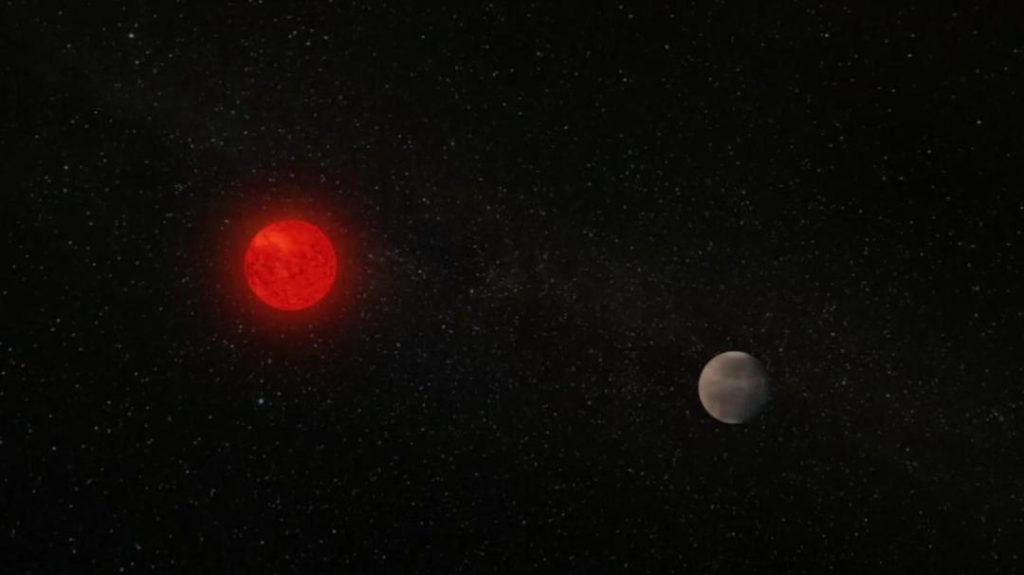
Astronomers Find New Super-Earth 154 Light-Years Away
The search for extraterrestrial life has been a long-standing quest for scientists, and the discovery of a new super-Earth is a significant step in this endeavor. A team of astronomers has found a new super-Earth, TOI-1846 b, using NASA’s Transiting Exoplanet Survey Satellite (TESS). The planet is located about 154 light-years away from Earth and is twice as big and four times as massive as our own planet.
The discovery of TOI-1846 b was announced by a team of researchers from the University of Hawaii and the NASA Ames Research Center. The team used TESS to monitor the brightness of a star, which allowed them to detect the subtle dimming of the star’s light as the planet passed in front of it. This technique is known as the transit method and has been used to discover thousands of exoplanets in recent years.
The new super-Earth is likely to be a water-rich world, with an equilibrium temperature of around 568.1K (295.0°C or 563.0°F). This is significantly hotter than Earth, but not hot enough to make it uninhabitable. The planet’s surface temperature is likely to be around 400-500K (127-227°C or 261-450°F), which is comparable to the surface temperature of Venus.
The discovery of TOI-1846 b is significant because it provides scientists with a new target for studying the properties of super-Earths. Super-Earths are planets that are larger than Earth but smaller than the gas giants in our solar system. They are thought to be common in the universe, but most of them are too hot or too cold to support life.
The team that discovered TOI-1846 b used a combination of data from TESS and other telescopes to study the planet’s properties. They found that the planet orbits its star every 14.6 days and has a radius that is around 2.2 times larger than Earth’s. This suggests that the planet is likely to be a rocky world with a thick atmosphere.
The discovery of TOI-1846 b is a significant step forward in the search for extraterrestrial life. The planet’s size and temperature suggest that it may be able to support life, and its proximity to Earth makes it a prime target for further study. The team that discovered the planet is now planning to use other telescopes to study its properties in more detail and to search for signs of life.
The search for extraterrestrial life is an exciting and ongoing area of research. The discovery of TOI-1846 b is just the latest in a series of recent discoveries that have shed new light on the possibility of life beyond Earth. In recent years, scientists have discovered exoplanets that are similar in size and temperature to Earth, and have even found evidence of water and organic molecules on some of these worlds.
The discovery of TOI-1846 b is also significant because it provides scientists with a new target for studying the properties of super-Earths. Super-Earths are thought to be common in the universe, but most of them are too hot or too cold to support life. The discovery of a water-rich super-Earth like TOI-1846 b provides scientists with a new opportunity to study the properties of these planets and to search for signs of life.
In conclusion, the discovery of TOI-1846 b is a significant step forward in the search for extraterrestrial life. The planet’s size and temperature suggest that it may be able to support life, and its proximity to Earth makes it a prime target for further study. The team that discovered the planet is now planning to use other telescopes to study its properties in more detail and to search for signs of life.
Source: https://www.newsbytesapp.com/news/science/astronomers-discover-new-super-earth-toi-1846-b/story






